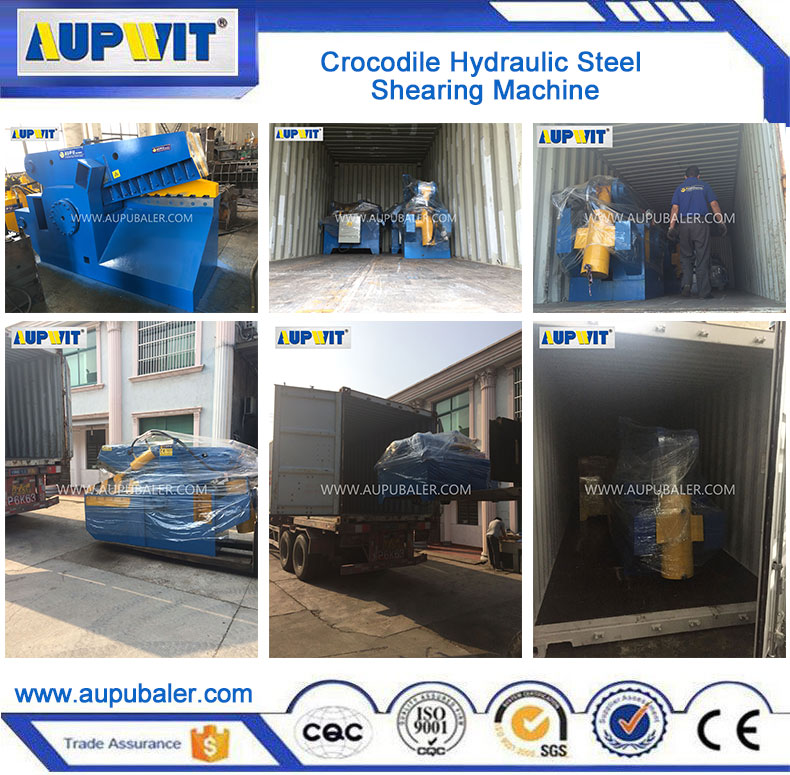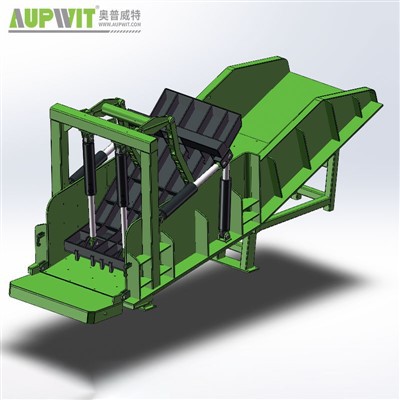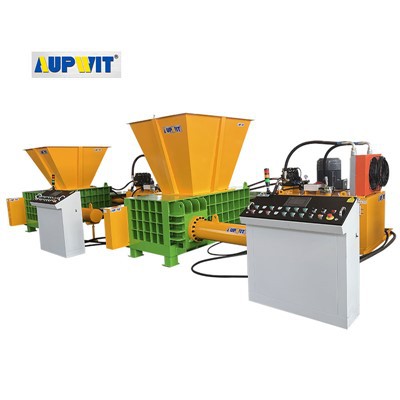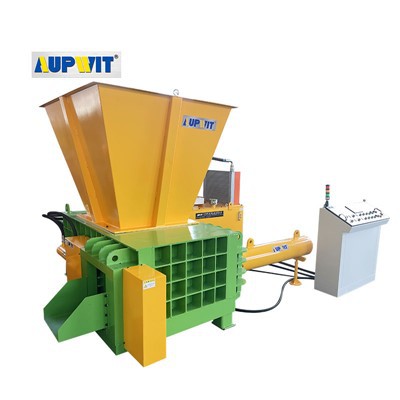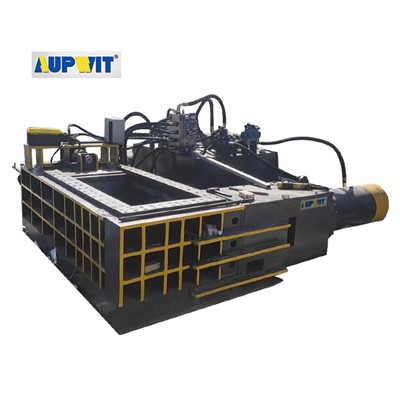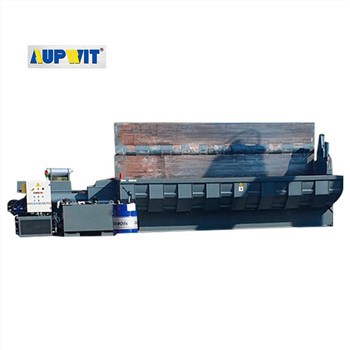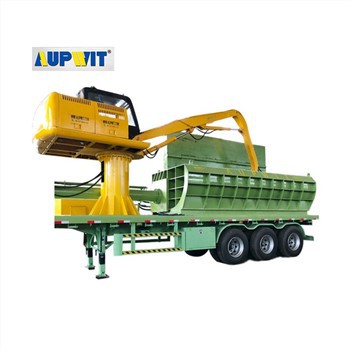1. Optimize cutting parameters
The cutting speed has a significant impact on the flatness of the cutting surface. If the speed is too fast, the cutting surface may be rough and jagged; if the speed is too slow, the material will overheat and affect the flatness. The optimal cutting speed for metals of different materials and thicknesses needs to be determined through experiments. At the same time, adjust the appropriate shear angle. Generally speaking, a smaller shear angle can make the cutting force more uniform, which helps to improve the flatness of the cutting surface, but a too small angle will increase the cutting resistance, and a balance point needs to be found.
2. Choose the right tool
The quality and type of the tool are directly related to the quality of the cutting surface. Sharp tools can cut into the metal more smoothly and reduce vibration and burrs during the cutting process. For high-precision cutting, carbide tools can be used, which have high wear resistance and hardness, can maintain a good cutting edge, and thus improve the flatness of the cutting surface. In addition, the tool should be selected according to the characteristics of the metal material. For example, when cutting stainless steel, a special stainless steel cutting tool should be used.
3. Strengthen material fixation
During the cutting process, the stability of the material is crucial. If the material is not firmly fixed, it will shake or move during cutting, resulting in an uneven cutting surface. Use a suitable clamp to fix the material tightly to ensure that it does not move during the cutting process. For thin plate materials, a vacuum adsorption device can be used for fixation, which can effectively prevent material deformation and shaking.
4. Equipment maintenance and calibration
Metal Shear equipment should be regularly maintained and various parts of the equipment should be checked, such as the transmission system, tool fixing device, etc., to ensure its normal operation. The precision calibration of the equipment should not be ignored, such as the horizontality of the cutting platform, the verticality of the tool, etc. Any slight deviation may affect the flatness of the cutting surface.
